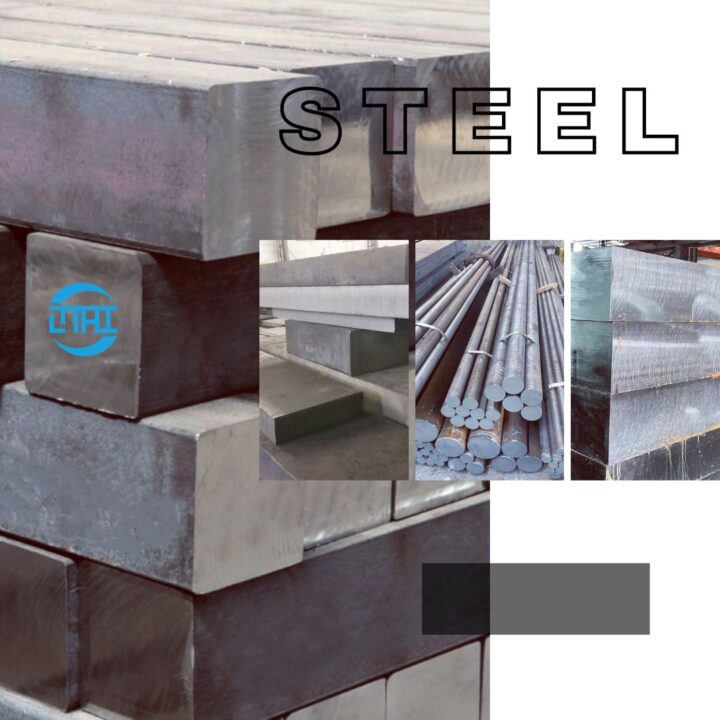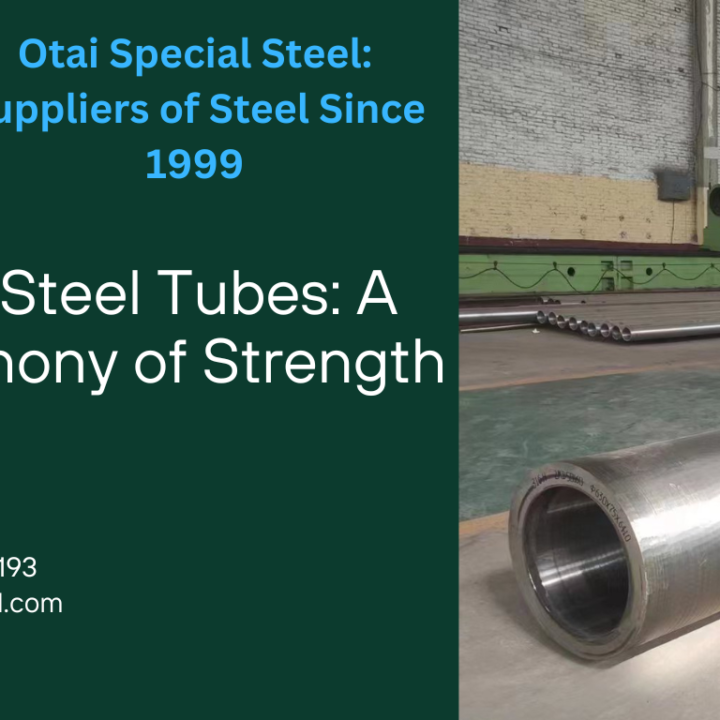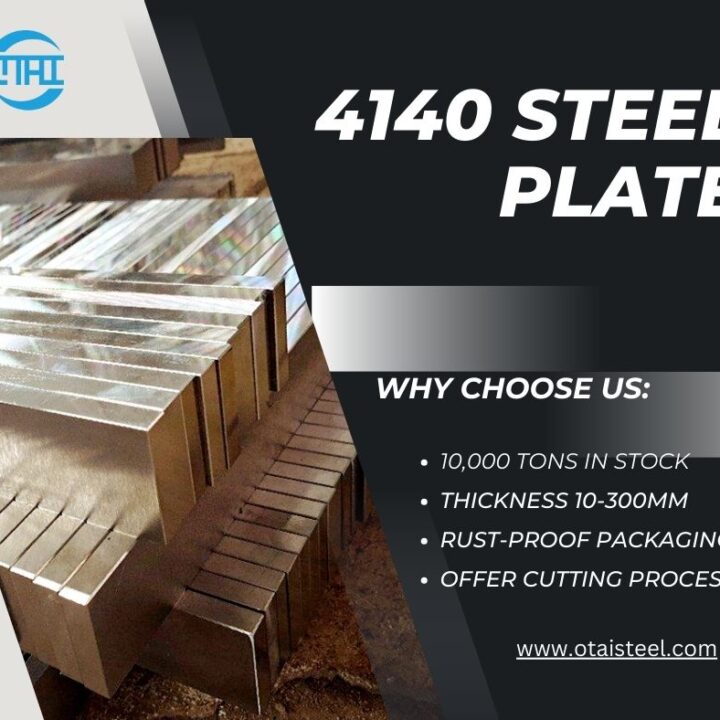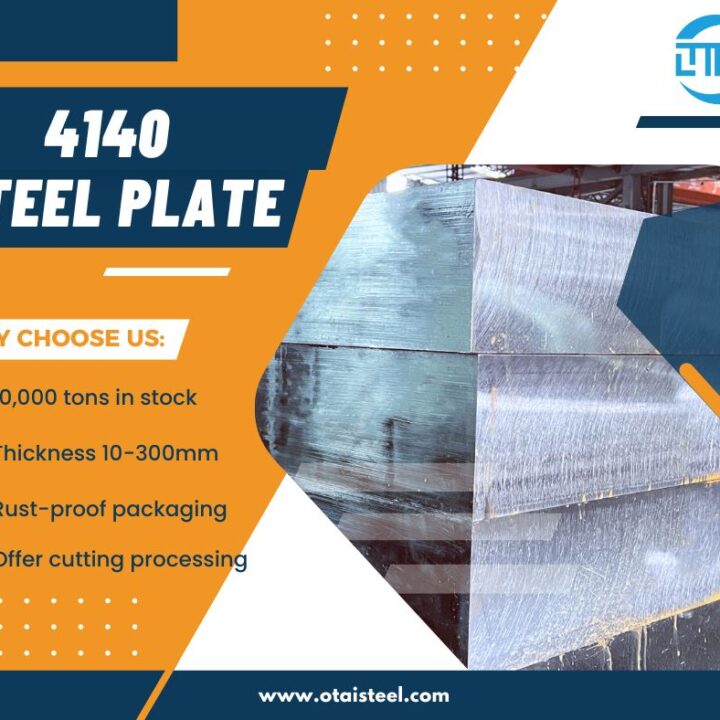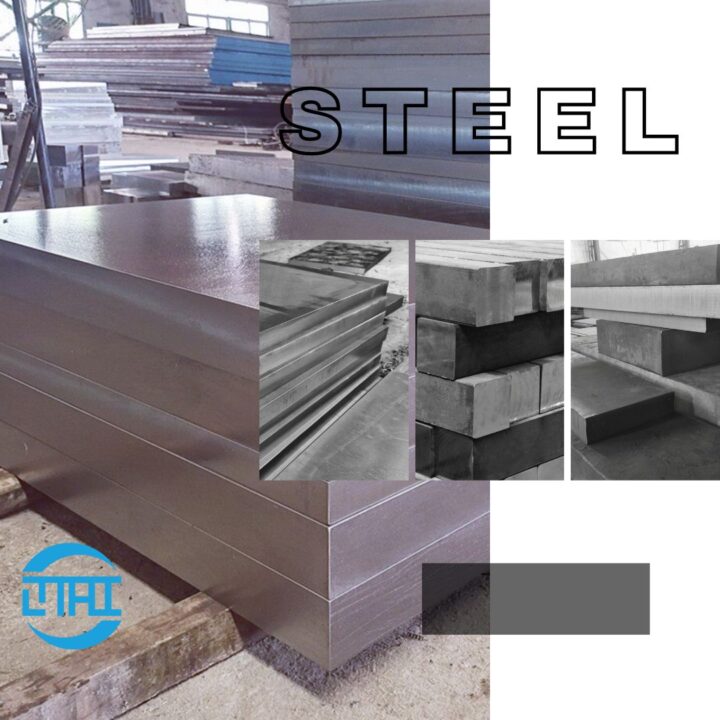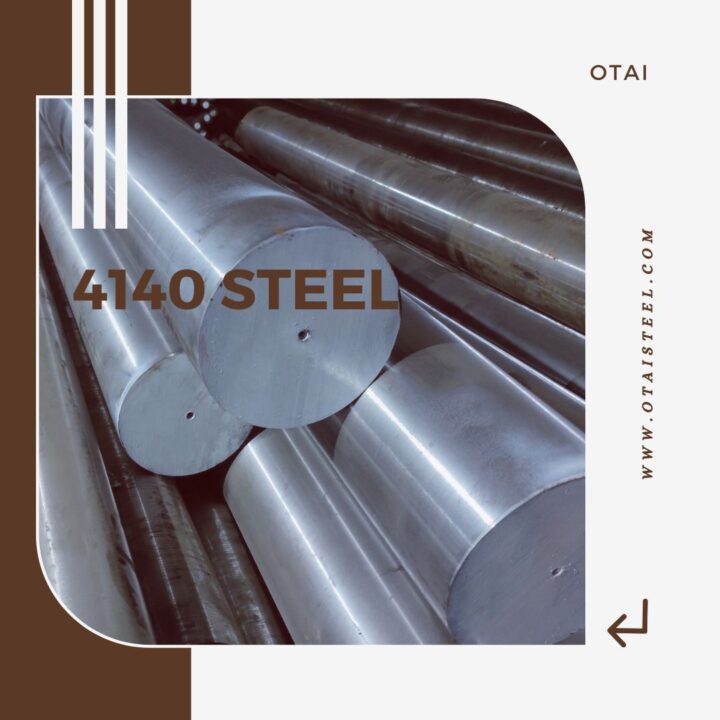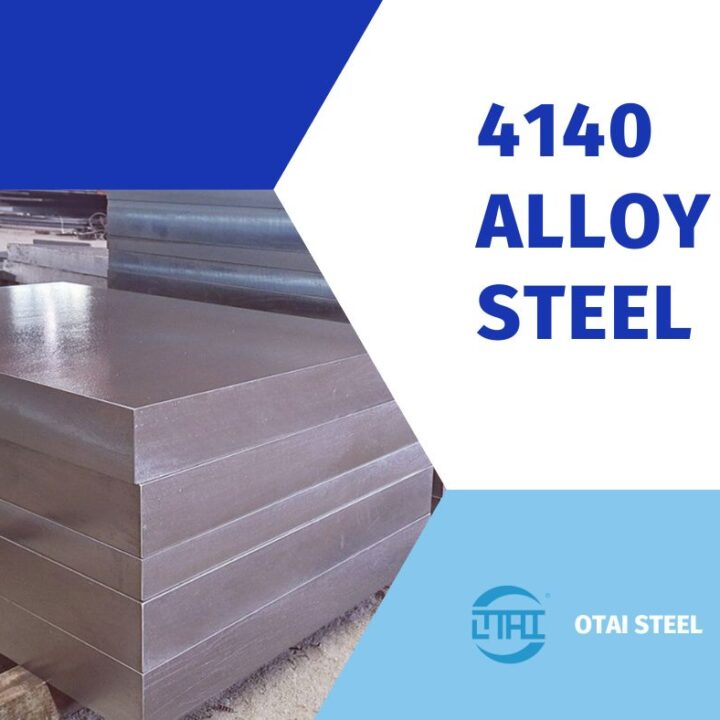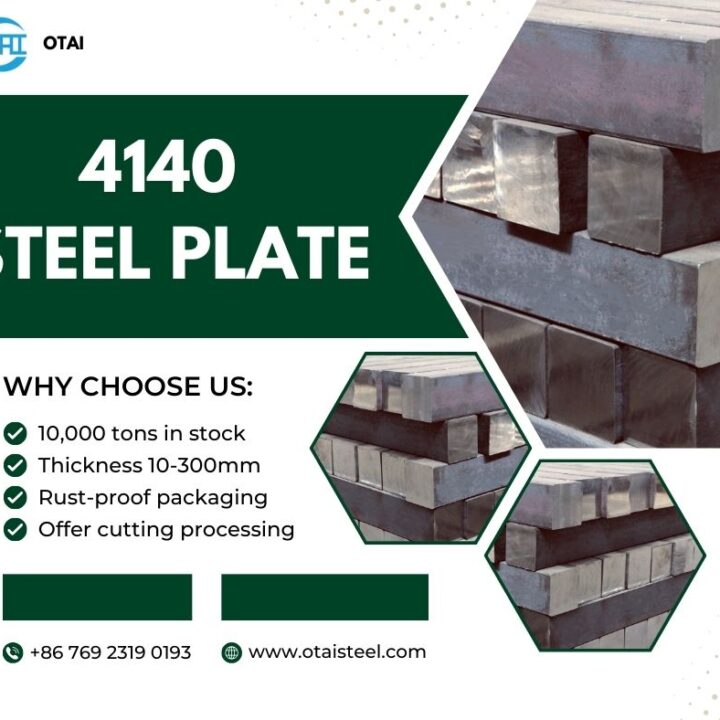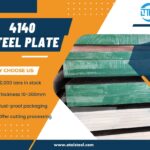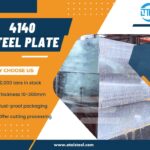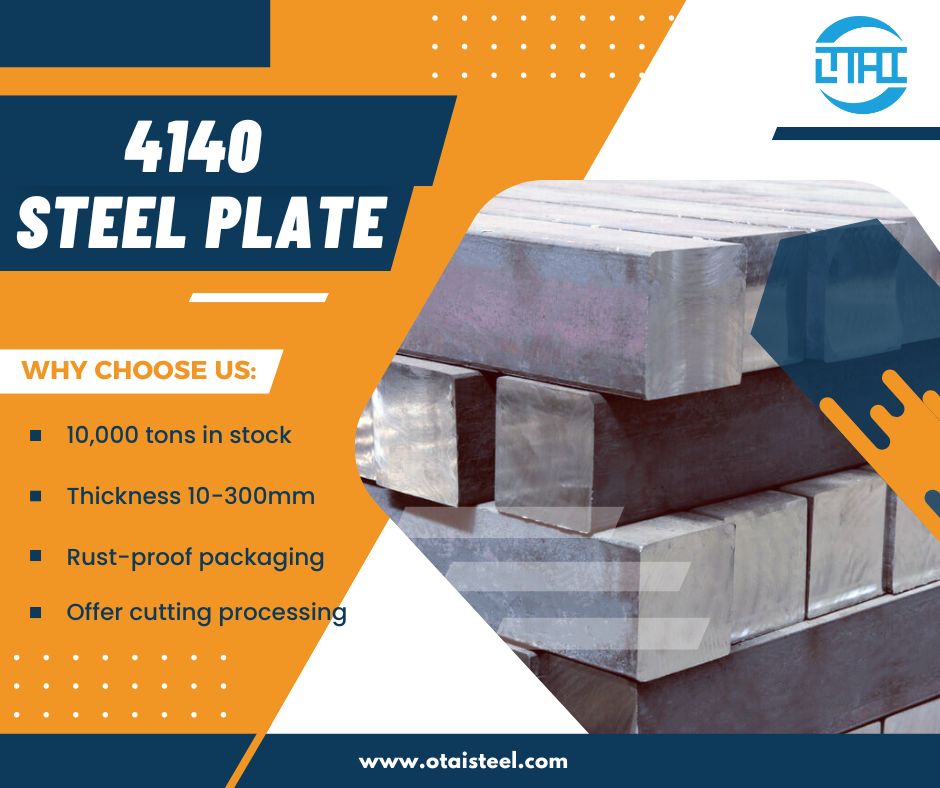 4140 Steel Grinding: Mastering the Technique Without Burning Out
4140 Steel Grinding: Mastering the Technique Without Burning Out
When it comes to machining and finishing 4140 steel, grinding is often the final step to achieve precision, tight tolerances, and a clean surface finish. But 4140 isn’t your average steel—it’s tough, strong, and heat-treatable. That means grinding it the wrong way can lead to burns, cracks, and unnecessary tool wear. 😩
So how do you grind 4140 steel the smart way? Let’s dive into the process, tools, parameters, and tips you need to know to handle this alloy like a pro. 😎
🌟 What Makes 4140 Steel Tricky to Grind?
4140 alloy steel is a chromium-molybdenum (Cr-Mo) low-alloy steel with medium carbon content. It offers a great balance of strength, toughness, and hardenability—but these same traits can make it more difficult to grind compared to softer materials like mild steel.
Things to watch out for:
-
High heat sensitivity (can cause surface burns)
-
Work hardening during dry grinding
-
Risk of microcracking if overheating occurs
That’s why choosing the right technique and tools is critical when you’re grinding 4140.
🧱 Recommended Grinding Methods for 4140 Steel
There are several common grinding techniques used based on the part geometry and finish requirements:
1️⃣ Surface Grinding 4140 Steel
Ideal for flat surfaces. Use coolant generously and go easy on depth per pass. A resin bond aluminum oxide wheel is usually suitable unless the steel has been hardened.
2️⃣ Cylindrical Grinding of 4140
Perfect for round parts like shafts. For hardened shafts, you’ll need to use a CBN wheel to maintain profile accuracy and avoid glazing.
3️⃣ Centerless Grinding
Used when parts don’t have centers. Effective but requires precise setup.
🔍 Choosing the Best Grinding Wheel
Not all wheels are created equal! The best grinding wheel for 4140 steel depends on its heat treatment condition and desired finish.
| Condition of 4140 | Recommended Wheel Type |
|---|---|
| Annealed (soft) | Aluminum oxide (A46 or A60) |
| Hardened (28–32 HRC) | CBN (Cubic Boron Nitride) or Ceramic |
| Nitrided Surface | CBN with fine grit for surface control |
For how to grind hardened 4140 steel, CBN wheels are your best friends—they offer high thermal resistance and low dressing requirements.
⚙️ Grinding Parameters: Speed, Feed & Coolant
Setting the right parameters is key to avoid damaging the steel or your grinding wheel.
✨ Key 4140 Steel Grinding Parameters:
-
Wheel Speed (VS): 30–35 m/s (typical for hardened steel)
-
Work Speed (VW): 10–25 m/min
-
Depth of Cut: 0.01–0.03 mm/pass (light passes recommended)
-
Feed Rate: Slow and steady—don’t rush
Using the proper grinding speed for 4140 alloy steel helps prevent overheating, improves tool life, and ensures a smoother surface.
💦 Pro tip: Use flood coolant generously to dissipate heat. Dry grinding is not recommended unless you have specialized equipment.
🧪 What Happens If You Don’t Do It Right?
Grinding 4140 steel the wrong way can lead to:
-
Burn marks and discoloration
-
Cracking or checking due to thermal shock
-
Hardness variation across the surface
-
Rapid wheel wear
💥 Especially after heat treatment, 4140 becomes even more sensitive. That’s why grinding 4140 steel after heat treatment requires slower passes, more coolant, and precise control of wheel pressure.
🌡️ Heat Generation & Its Effects
One of the biggest concerns during grinding is heat.
Grinding naturally creates friction, but with 4140 steel, this can quickly build up and cause:
-
Surface decarburization
-
Grain boundary oxidation
-
Alteration of mechanical properties
That’s why minimizing the heat generated during grinding 4140 is essential for maintaining part integrity.
💧 Coolant: Don’t Skip It!
Coolant is your best friend when grinding this alloy. Whether it’s oil-based or water-soluble, always:
-
Direct the stream right into the grinding zone
-
Maintain a steady pressure
-
Replace dirty coolant regularly to avoid contamination
Proper coolant use in 4140 steel grinding not only reduces heat but also flushes away swarf, improving surface finish.
🛠️ Pro Tips & Best Practices
- Dress the Wheel Regularly: Keeps the abrasive surface sharp
- Use Sharp Tools: Avoid forcing dull wheels into hard material
- Pre-heat Hardened Parts: Slightly warming the part reduces thermal shock
- Test Passes: Run test cuts on sample pieces before final grinding
🌍 Real-World Applications That Demand 4140 Grinding
Grinding 4140 steel isn’t just for fun—it’s necessary for components like:
-
Precision shafts and gears
-
Tooling dies and punches
-
Hydraulic cylinder rods
-
Automotive transmission parts
-
Structural parts in aerospace or energy
These parts require tight tolerances and clean surfaces, and proper grinding ensures they meet specs without failures.
🎯 Final Thoughts: Mastering the Grind
Grinding 4140 steel takes a mix of the right setup, sharp tools, and smart technique. Whether you’re working with annealed material or hardened 4140, the key is to manage heat, use proper wheels, and respect the material’s toughness.
👉 Want to ensure flawless machining from start to finish? Trust the process and your tools—and when in doubt, test before committing to full production.
🏭 Why Choose Otai for 4140 Steel?
At Otai Special Steel, we’re more than just a steel supplier—we’re your heat treatment advisor and reliable partner. Here’s why global customers trust us:
- Over 10,000 tons of 4140 steel in stock
- Available in annealed, Q&T, or normalized condition
- Thickness from 6mm to 300mm, cut to exact size
- Chemical and mechanical testing (with SGS/BV support)
- Support with flame hardening guidelines and post-processing
- Supplied to companies like Thyssenkrupp, Borealis, Schlumberger
- Export-ready: rust-proof packaging, fast global delivery
📧 Email: jack@otaisteel.com
📱 WhatsApp: +8676923190193
